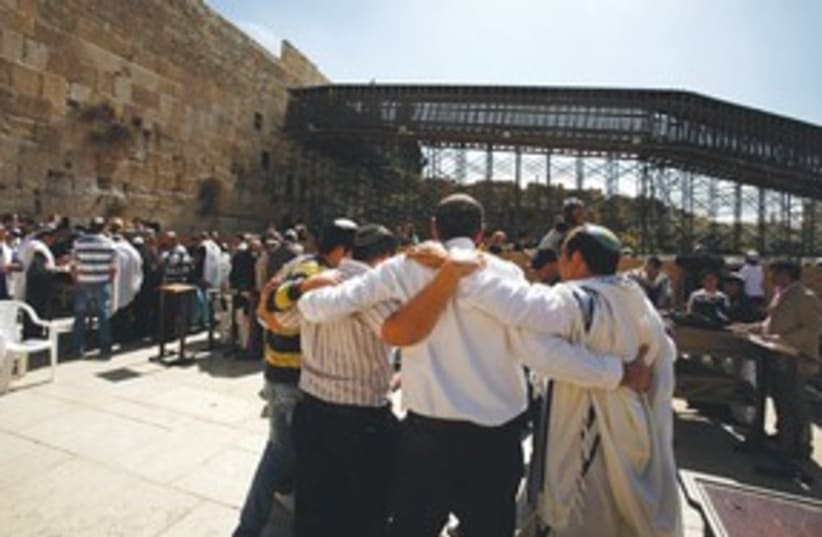The author teaches at Yeshivat Hakotel and directs the Tikvah Israel Seminars for Post- High School Students. JPostRabbi@ yahoo.com
May one build an eruv within a large city?
An eruv is a legal construct that allows Jews to move objects within a public area on Shabbat.

The author teaches at Yeshivat Hakotel and directs the Tikvah Israel Seminars for Post- High School Students. JPostRabbi@ yahoo.com